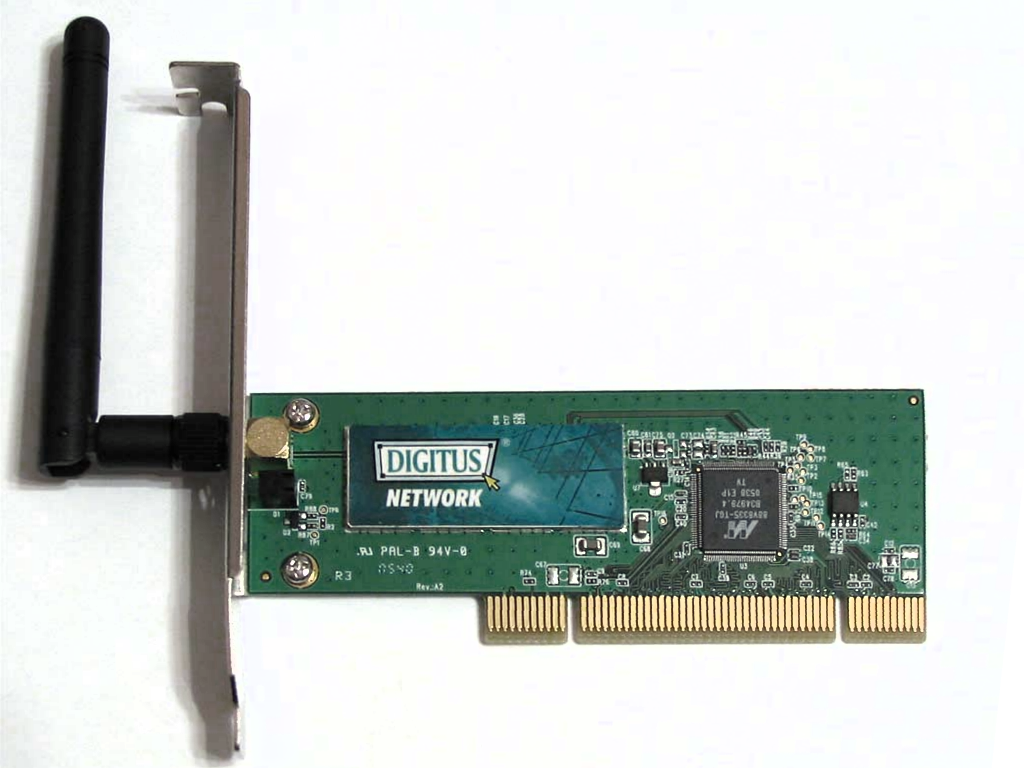|
Enterprise Encryption Gateway
An enterprise encryption gateway (EEG) is a layer 2 encryption device, similar to VPN, that allows for strong authentication and encryption for data across a wireless medium. Unlike a residential gateway, an enterprise gateway typically has both an LAN and WLAN A wireless LAN (WLAN) is a wireless computer network that links two or more devices using wireless communication to form a local area network (LAN) within a limited area such as a home, school, computer laboratory, campus, or office buildin ... interface, where the EEG acts a bridge between the two. The client devices have client-side authentication/encryption software, and the EEGs are the encryption termination point in the network. Benefits of these devices include offloading the encryption duties from the access points. Autonomous access points are placed downstream from the EEGs and may act as an 802.1X authenticator. References Wireless networking hardware {{Wireless-stub Encryption devices ... [...More Info...] [...Related Items...] OR: [Wikipedia] [Google] [Baidu] |
Layer 2
The data link layer, or layer 2, is the second layer of the seven-layer OSI model of computer networking. This layer is the protocol layer that transfers data between nodes on a network segment across the physical layer. The data link layer provides the functional and procedural means to transfer data between network entities and may also provide the means to detect and possibly correct errors that can occur in the physical layer. The data link layer is concerned with local delivery of frames between nodes on the same level of the network. Data-link frames, as these protocol data units are called, do not cross the boundaries of a local area network. Inter-network routing and global addressing are higher-layer functions, allowing data-link protocols to focus on local delivery, addressing, and media arbitration. In this way, the data link layer is analogous to a neighborhood traffic cop; it endeavors to arbitrate between parties contending for access to a medium, without con ... [...More Info...] [...Related Items...] OR: [Wikipedia] [Google] [Baidu] |
Encryption
In Cryptography law, cryptography, encryption (more specifically, Code, encoding) is the process of transforming information in a way that, ideally, only authorized parties can decode. This process converts the original representation of the information, known as plaintext, into an alternative form known as ciphertext. Despite its goal, encryption does not itself prevent interference but denies the intelligible content to a would-be interceptor. For technical reasons, an encryption scheme usually uses a pseudo-random encryption Key (cryptography), key generated by an algorithm. It is possible to decrypt the message without possessing the key but, for a well-designed encryption scheme, considerable computational resources and skills are required. An authorized recipient can easily decrypt the message with the key provided by the originator to recipients but not to unauthorized users. Historically, various forms of encryption have been used to aid in cryptography. Early encryption ... [...More Info...] [...Related Items...] OR: [Wikipedia] [Google] [Baidu] |
WLAN
A wireless LAN (WLAN) is a wireless computer network that links two or more devices using wireless communication to form a local area network (LAN) within a limited area such as a home, school, computer laboratory, campus, or office building. This gives users the ability to move around within the area and remain connected to the network. Through a gateway, a WLAN can also provide a connection to the wider Internet. Wireless LANs based on the IEEE 802.11 standards are the most widely used computer networks in the world. These are commonly called Wi-Fi, which is a trademark belonging to the Wi-Fi Alliance. They are used for home and small office networks that link together laptop computers, printers, smartphones, Web TVs and gaming devices through a wireless network router, which in turn may link them to the Internet. Hotspots provided by routers at restaurants, coffee shops, hotels, libraries, and airports allow consumers to access the internet with portable wireless de ... [...More Info...] [...Related Items...] OR: [Wikipedia] [Google] [Baidu] |
Wireless Access Point
In Computer networking device, computer networking, a wireless access point (WAP) (also just access point (AP)) is a networking hardware device that allows other Wi-Fi devices to connect to a wired network or wireless network. As a standalone device, the AP may have a wired or wireless connection to a Network switch, switch or Router (computing), router, but in a wireless router it can also be an integral component of the networking device itself. A WAP and AP is differentiated from a Wi-Fi hotspot, hotspot, which can be a physical location or digital location where Wi-Fi or WAP access is available. Connections An AP connects directly to a wired local area network, local local area network, area network, typically Ethernet, and the AP then provides wireless connections using wireless LAN technology, typically Wi-Fi, for other devices to use that wired connection. APs support the connection of multiple wireless devices through their one wired connection. Wireless data standa ... [...More Info...] [...Related Items...] OR: [Wikipedia] [Google] [Baidu] |
Wireless Networking Hardware
Wireless communication (or just wireless, when the context allows) is the transfer of information (''telecommunication'') between two or more points without the use of an electrical conductor, optical fiber or other continuous guided medium for the transfer. The most common wireless technologies use radio waves. With radio waves, intended distances can be short, such as a few meters for Bluetooth, or as far as millions of kilometers for deep-space radio communications. It encompasses various types of fixed, mobile, and portable applications, including two-way radios, cellular telephones, personal digital assistants (PDAs), and wireless networking. Other examples of applications of radio ''wireless technology'' include GPS units, garage door openers, wireless computer mouse, keyboards and headsets, headphones, radio receivers, satellite television, broadcast television and cordless telephones. Somewhat less common methods of achieving wireless communications invo ... [...More Info...] [...Related Items...] OR: [Wikipedia] [Google] [Baidu] |


